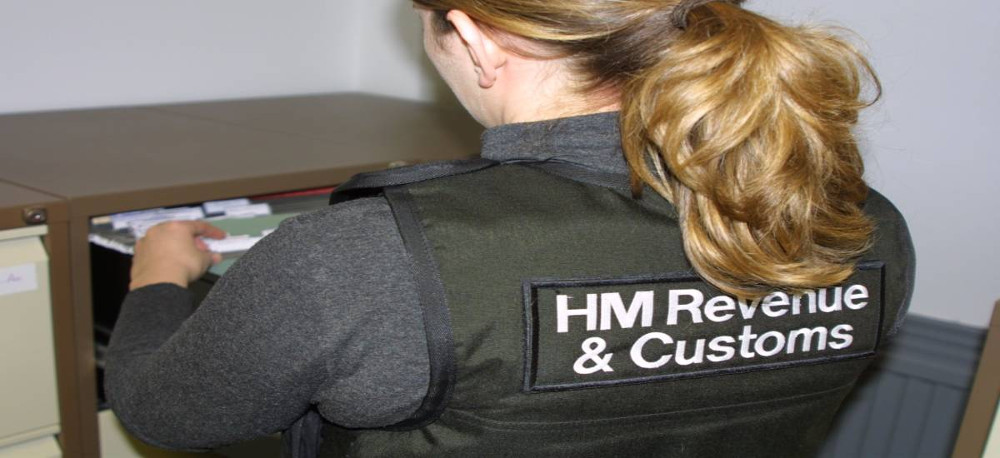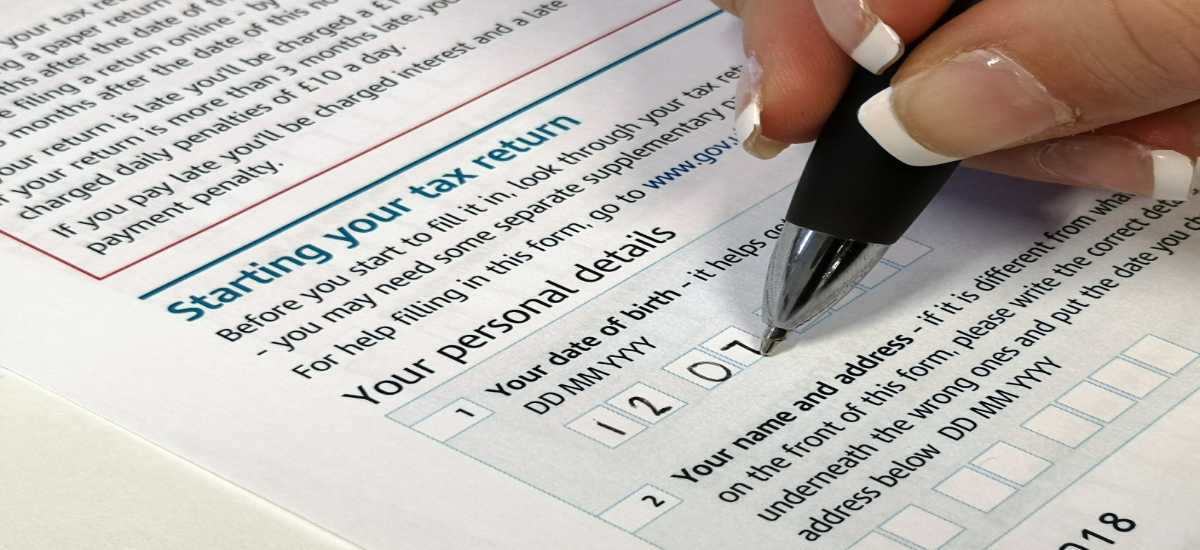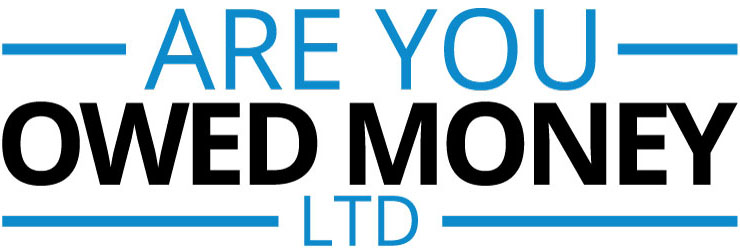HMRC has favoured other methods than seizing goods of late for those owing tax. Rather than wasting time and money on paying bailiffs to seize goods, they are deducting tax directly. Known as “attachment of earnings” orders, this method takes money directly. Money is subtracted from wages after some automatic calculation.

Private debt collection by HMRC ‘up by 62%’
When HMRC collect goods, they usually sell below market value. This makes debt collection by this method less cost effective. Our recent blog also highlighted recent findings that bailiffs have been going beyond their remit. The practice of attachment orders instead could be a viable alternative.
It could be a move which could save HMRC a substantial amount on debt collection. The move comes as they had increased spending from £24m to £39m. The increase, between 2016 and 2017, being a huge 62%. Automation in debt collection can be a positive thing for both sides as it reduces confrontations. However, as we noted back in July of last year, automation can go wrong. If used correctly however, it can be a seamless form of resolving debt.
A attachment order automatically looks at what can be paid directly from a worker’s wages. The court works out a minimum amount the debtor needs to live on, known as the ‘protected earnings rate’. The sum owed is then deducted from money earned above this amount. Critically, despite automation, HMRC must conduct due diligence. They must avoid the amounts being calculated incorrectly. Not giving somebody enough to live on could easily create a difficult situation. We would urge HMRC if they take this route to mix automation with human error checking. After all, those in debt still need to live and shouldn’t be forced to live on the very edge of their means.

Image by https://www.gosimpletax.com/
‘Aggressive tool’
In a statement, Simon Browning of UHY Hacker Young spoke about the aggressive nature of the orders. “An attachment of earnings order is one of the most aggressive tools HMRC has at its disposal.”
‘They allow HMRC to quickly seize an individual’s hard-earned cash before it even reaches their bank account. ‘Overall, HMRC’s use of attachment of earning orders could be seen as yet another example of its dash for cash against people who can’t pay their bills.’
They see it as a negative tactic that has HMRC looking to take money as early as possible. The balance in this issue seems to be speed of collection against cost effectiveness of the method. This is a similar issue we deal with on a regular basis. Many creditors wish to instantly looks for CCJs, court orders and take the matter legal. However, the cost effectiveness of that method may not be worth it, paired with the time it takes to do so.
Pre legal debt collection focuses on fast collection but without looking for aggressive confrontation. Despite many people having similar debts, no debt is the same. Each person requires a different approach and this is how debt collection is usually undertaken.
Is HMRC right to adopt the attachment of earnings course?
Will it work?
Can it work?
Time will tell. For those behind on taxes however, we would advise speaking to the relevant authorities if you wish to avoid this matter affecting your earnings in the near future.
